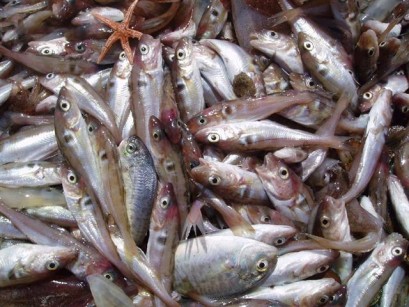August 7, 2015 — SCITUATE, Mass. — In 1759 and 1776 economist, Adam Smith, used the metaphor of the “invisible hand” to describe how the actions of individuals based in self-interest could result in unintentional benefits for society overall. Smith used the invisible hand both in describing the benefits of a free market when it comes to income distribution and production. The theory goes an individual working in for their own interest in a market of other individuals behaving in the same manner will unintentionally create more social benefits than if that individual was working with the intention of creating social good.
In the fishing industry in New England, the invisible hand has been slapped away by the overbearing paw of excessive and misguided government regulation. The result is an inefficient market that not only hurts individuals, but also the overall industry and consumers.
Today, there are only five ground fishing boats that make Scituate their homeport. Five years ago, the number was 16, a reduction of over 68 percent. Each boat represented a small business.
Read the full opinion piece at Scituate Mariner

